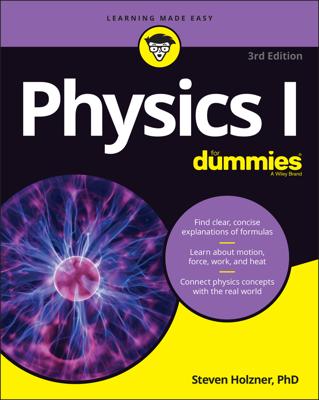Some scientists claim that because string theory currently fails the test of falsifiability, it’s not “real science.” Traditionally, an experiment can either confirm or refute a theory. An experimental result yields positive evidence if it supports the theory, while a result that contradicts the hypothesis is negative evidence.
In the 20th century, a notion arose that the key to a theory — the thing that makes it scientific — is whether it can in some way be shown to be false. This principle of falsifiability can be controversial when applied to string theory, which theoretically explores energy levels that can’t at present (or possibly ever) be directly explored experimentally.
The focus on this falsifiability is traced back to philosopher Karl Popper’s 1934 book The Logic of Scientific Discovery. He was opposed to the reductionist and inductive methods that Francis Bacon had popularized three centuries earlier. In a time that was characterized by the rise of modern physics, it appeared that the old rules no longer applied.
Popper reasoned that the principles of physics arose not merely by viewing little chunks of information, but by creating theories that were tested and repeatedly failed to be proved false. Observation alone could not have led to these insights, he claimed, if they’d never been put in positions to be proven false.
In the most extreme form, this emphasis on falsifiability states that scientific theories don’t tell you anything definite about the world, but are only the best guesses about the future based on past experience.
For example, if you predict that the sun will rise every morning, you can test this by looking out your window every morning for 50 days. If the sun is there every day, you have not proved that the sun will be there on the 51st day. After you observe it on the 51st day, you still haven’t proved anything about the 52nd day, the 53rd, and so on.
No matter how good a scientific prediction is, if you can run a test that shows that it’s false, you have to throw out the idea (or, at least, modify your theory to explain the new data). This led the 19th century biologist Thomas Henry Huxley to define the great tragedy of science as “the slaying of a beautiful hypothesis by an ugly fact.”
To Popper, this was far from tragic, but was instead the brilliance of science. The defining component of a scientific theory, the thing that separates it from mere speculation, is that it makes a falsifiable claim.
Popper’s claim is sometimes controversial, especially when being used by one scientist (or philosopher) to discredit an entire field of science. Many still believe that reduction and inductive reasoning can, in fact, lead to the creation of meaningful theoretical frameworks that represent reality as it is, even if there’s no claim that is falsifiable.
String theory founder Leonard Susskind makes just this argument. He believes not in falsification, but rather in confirmation — you can have direct positive evidence for a theory, rather than just a lack of negative evidence against it.
This viewpoint comes out of an online debate between Susskind and physicist Lee Smolin (you can view the debate on the Edge website. In the debate, Susskind lists several examples of theories that have been denounced as unfalsifiable: behaviorism in psychology along with quark models and inflationary theory in physics.
The examples he provides are cases where scientists believed that certain traits couldn’t be examined and methods were later developed that allowed them to be tested. There’s a difference between being unable to falsify a theory in practice and being unable to falsify it in principle.
It may seem as if this debate over confirmation and falsifiability is academic. That’s probably true, but some physicists see string theory as a battle over the very meaning of physics. Many string theory critics believe that it’s inherently unfalsifiable, while string theorists believe a mechanism to test (and falsify) the prediction of string theory will be found.

